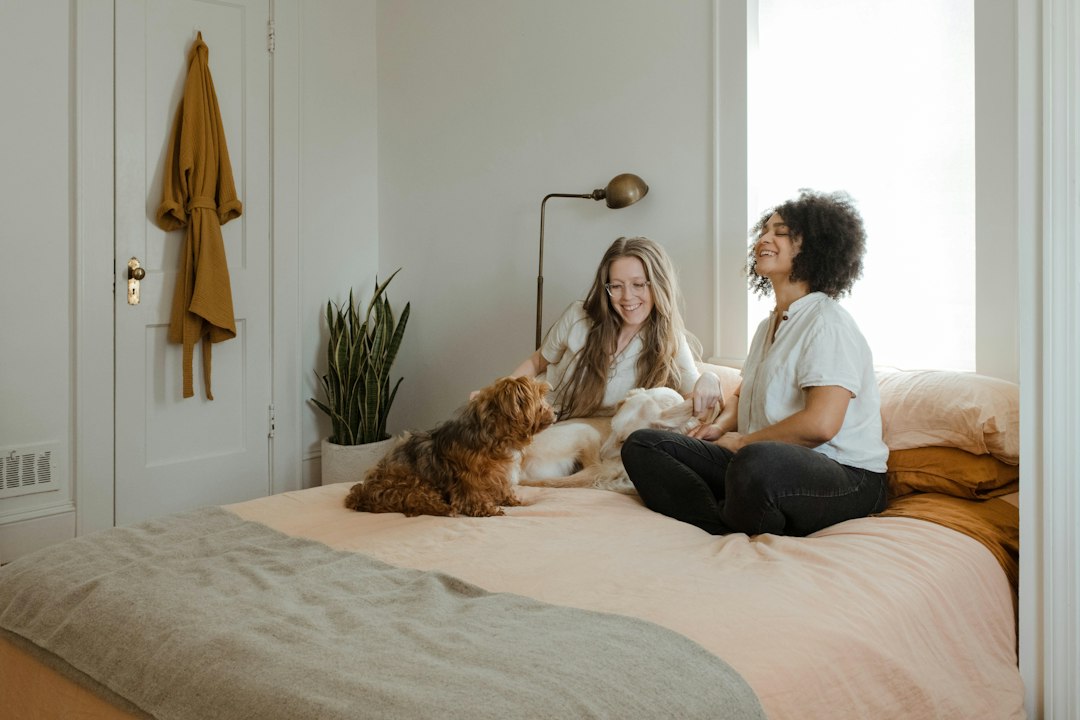Common Mistakes to Avoid When Housebreaking Your Dog
Housebreaking a dog can be a challenging task for any pet owner. It requires patience, consistency, and understanding of your dog’s behavior. However, many pet owners unknowingly make common mistakes that hinder the housebreaking process. In this blog post, we will discuss these common mistakes and provide valuable advice on how to avoid them.
1. Lack of Consistency: Consistency is crucial when housebreaking your dog. Many pet owners make the mistake of not following a routine, which can confuse the dog. Establish a fixed schedule for feeding, walking, and bathroom breaks. Take your dog outside at the same times every day, and reward them when they eliminate in the designated area. This will help them associate the outdoors with the proper place to relieve themselves.
2. Punishing Accidents: Accidents are inevitable during the housebreaking process, especially in the initial stages. However, punishing your dog for these accidents will only confuse and frighten them. Instead, use positive reinforcement by rewarding them with treats and praise when they eliminate in the right spot. This will encourage them to repeat the behavior and reinforce their understanding of what you expect from them.
3. Not Supervising Your Dog: Leaving your dog unattended when they are not yet fully housebroken is a recipe for accidents. When you are unable to directly supervise your dog, consider using a crate or confining them to a small, safe area. This will prevent them from wandering off and having accidents in hidden corners. Gradually increase their freedom as they demonstrate consistent success in their housebreaking efforts.
4. Inconsistent Training Methods: Many pet owners make the mistake of using different training methods throughout the housebreaking process. This can confuse your dog and delay the progress they have made. Choose a method that suits your dog’s temperament and stick to it. Whether you prefer crate training, paper training, or using a designated outdoor area, consistency is key.
5. Ignoring Warning Signs: Dogs often exhibit warning signs when they need to eliminate, such as pacing, sniffing, or whining. Ignoring these signs or failing to recognize them can result in accidents. Be attentive to your dog’s behavior and anticipate their needs. Promptly take them to their designated bathroom area when you notice any of these signs to avoid accidents.
6. Insufficient Timing for Bathroom Breaks: Timing is key when it comes to housebreaking your dog. Ensure that you take your dog outside shortly after meals, play sessions, naps, or waking up in the morning. These are times when dogs typically need to eliminate. Establishing a consistent routine for bathroom breaks will help prevent accidents inside the house.
7. Inadequate Cleaning of Accidents: Accidents may happen, especially in the early stages of housebreaking. However, if you do not thoroughly clean up accidents, your dog may be attracted to the scent and continue eliminating in that spot. Use enzymatic cleaners specifically designed for removing pet odors to effectively eliminate any traces of accidents. This will help prevent your dog from returning to that area in the future.
Housebreaking your dog requires time, effort, and understanding. By avoiding these common mistakes and following the tips provided, you can make the housebreaking process smoother and more efficient. Remember, be patient with your furry friend and celebrate their successes along the way. With consistent training and positive reinforcement, your dog will soon become a pro at housebreaking, and you can both enjoy a clean and accident-free home.

